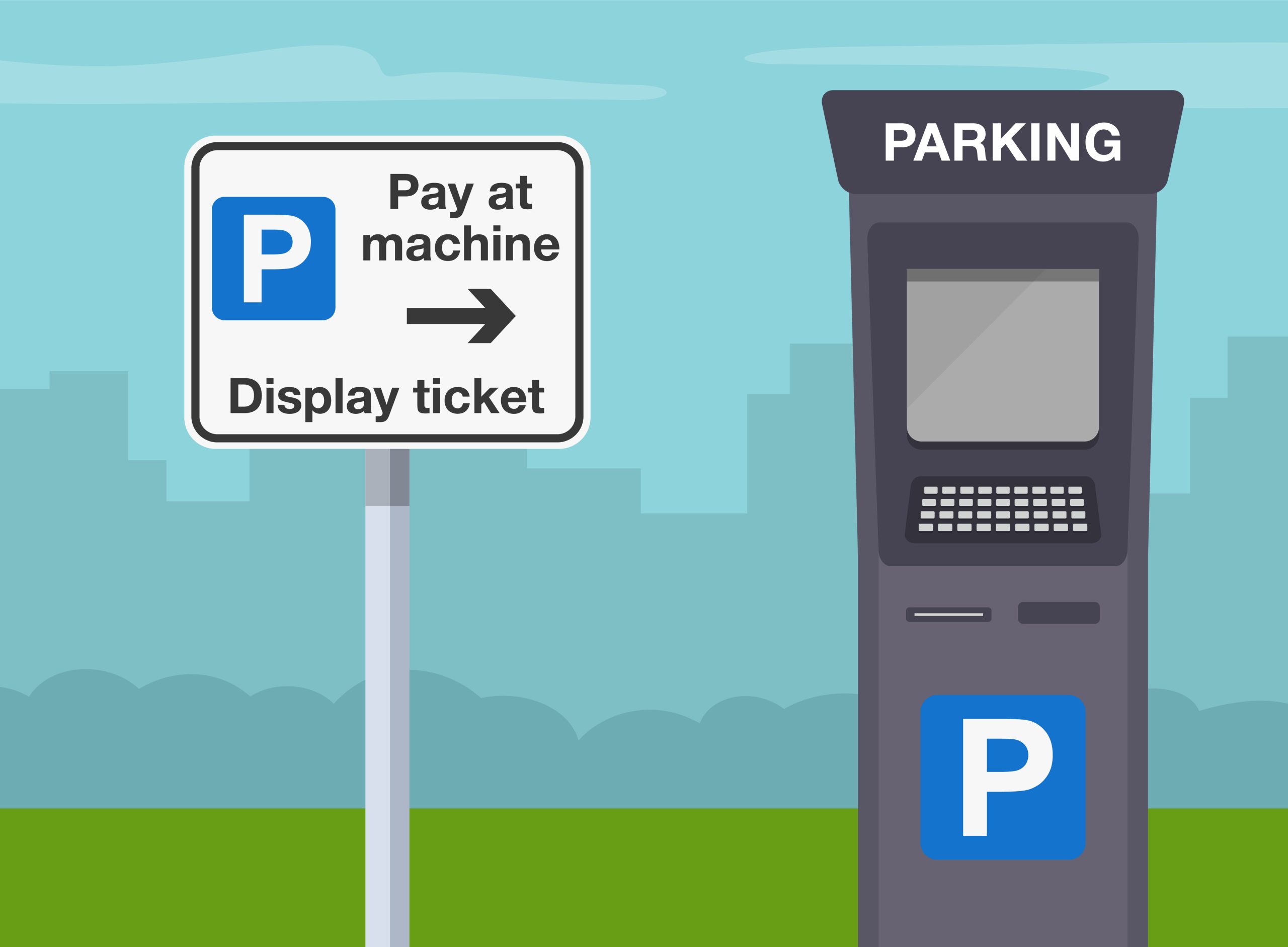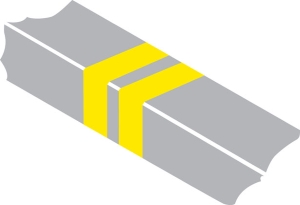Finding a good parking spot can be a nightmare. Then, when you finally find one, you have to follow all the pay and display parking regulations. This can be particularly stressful for new motorists driving alone for the first time.
If you need a reminder of all the pay and display parking regulations in the UK, keep on reading!
What is pay and display parking?

Pay and display parking is one of the most commonly used methods in the UK.
You pay for the amount of time you want to park, get a ticket that displays how long you’re eligible to park, and put this on your car’s dashboard. With the ticket on your dash, you can’t be ticketed as long as your time doesn’t expire.
This seems easy enough, but there are some regulations you’ll need to follow to avoid local parking authorities.
Basic pay and display parking regulations
First and foremost, make sure you pay for the right amount of time. Don’t try and push it. Second, make sure the ticket is clearly displayed on your dashboard — if you can’t read it, assume the parking authorities can’t, either.
Always park in the designated spot, and make sure you’re not outside the lines.
Read the signs
Some pay and display machines have signs that say “No Return within __ hours”. That means you can’t re-park your car there right after your time expires. You have to wait for the allotted number of hours before re-parking, making it doubly important to purchase the right amount of time.
Forgoing this is called meter feeding, and will attract the ire of parking authorities.
You should carefully read any and all signage surrounding the parking space before parking. Some parking lots are dedicated to specific vehicles only. This will be carefully marked with an image or description of the required vehicles.
Other parking lots only allow you to park between certain times. These may detail the hours you can park, how long you can park at a time, and the days of the week these rules are in effect.
Follow the lines

Image source: The Highway Code
You may see a series of red and yellow lines when parking. These are painted to show where you must stop and wait.
If you see a double red line, that means you cannot stop at any time. A single red line means the same, but should only be obeyed at times designated by a sign.
Yellow lines, both single and double, mean wait. One yellow line means you can’t wait between the times displayed on a nearby yellow sign. A double yellow line means you cannot wait at any time.
If safe, you can usually pick up and drop off passengers at yellow lines.
Always follow pay and display parking regulalations
To avoid the local parking authorities, follow the pay and display parking regulations above and obey all the usual driving laws. Pay attention to car parking signs, and know how long you need to stay before making your payment. Above all else, use common sense and your parking experience will be a breeze.
